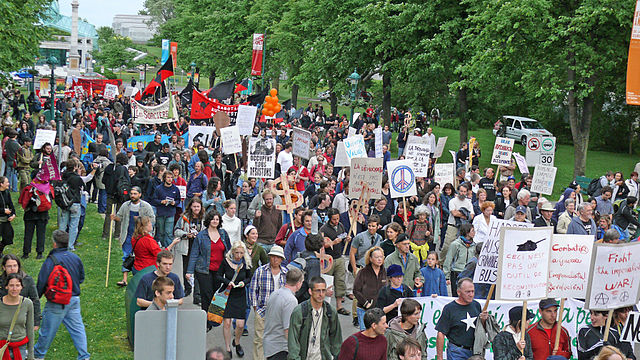Riot vs Protest
Riots and protests share some similarities, but they differ significantly when examining their meanings. Riots can be described as a disorderly civil situation where people act violently, often resulting from mistreatment, injustice, or oppression by authorities, governments, or other individuals. Protests, on the other hand, are a more peaceful form of expression where groups express their disapproval or disagreement without typically breaking the law. In this article, we will delve into the distinctions between riots and protests.
Key Takeaways
- Riots are more violent and destructive, while protests are generally peaceful and non-violent.
- Riots can lead to harm to people and property, while protests usually do not involve destruction.
- Both riots and protests aim to express disapproval or disagreement, but a prolonged protest has the potential to escalate into a riot.
Understanding Riots
As previously mentioned, a riot is a situation in which people act violently against authorities, other individuals, or property. Riots may result from public unrest stemming from issues such as excessive taxation, insufficient infrastructure, or other grievances. The main characteristic of a riot is the potential for harm to people or property, regardless of whether the property is public or private. Riots may occur not only in response to government actions but also due to religious, ethnic, or business conflicts. The primary targets of riots often depend on the underlying cause and the group involved. Controlling riots typically requires significant effort from police or military forces.
Understanding Protests
A protest is a demonstration in which people express their disapproval or disagreement about a particular issue. Protests generally involve a group of like-minded individuals organizing a peaceful campaign to make their grievances known. Protests can take various forms, such as pickets, strikes, or marches. The main goal of these demonstrations is to raise public awareness of the protesters’ concerns and potentially influence public opinion through leaflets, posters, or speeches. Protests are usually non-violent and do not involve property destruction, although they may cause temporary disruptions like traffic congestion or road closures. Protests occur worldwide and are a common method for groups to communicate their issues to the broader society.
Distinguishing Riots and Protests
Although both riots and protests aim to express disapproval or disagreement, they differ in several key aspects. Riots are generally more violent and destructive, while protests are typically peaceful and non-violent. Riots can result in damage to property and harm to individuals, while protests usually do not involve destruction. It is important to note that a protest that continues for an extended period may escalate into a riot. Nevertheless, both riots and protests serve as means for individuals to express their dissatisfaction with certain issues.
Images Courtesy:
Dublin riots 2006 via Wikicommons (Public Domain)
Protest by Edgar Zessinthal (CC BY-SA 2.0)
Related posts:
